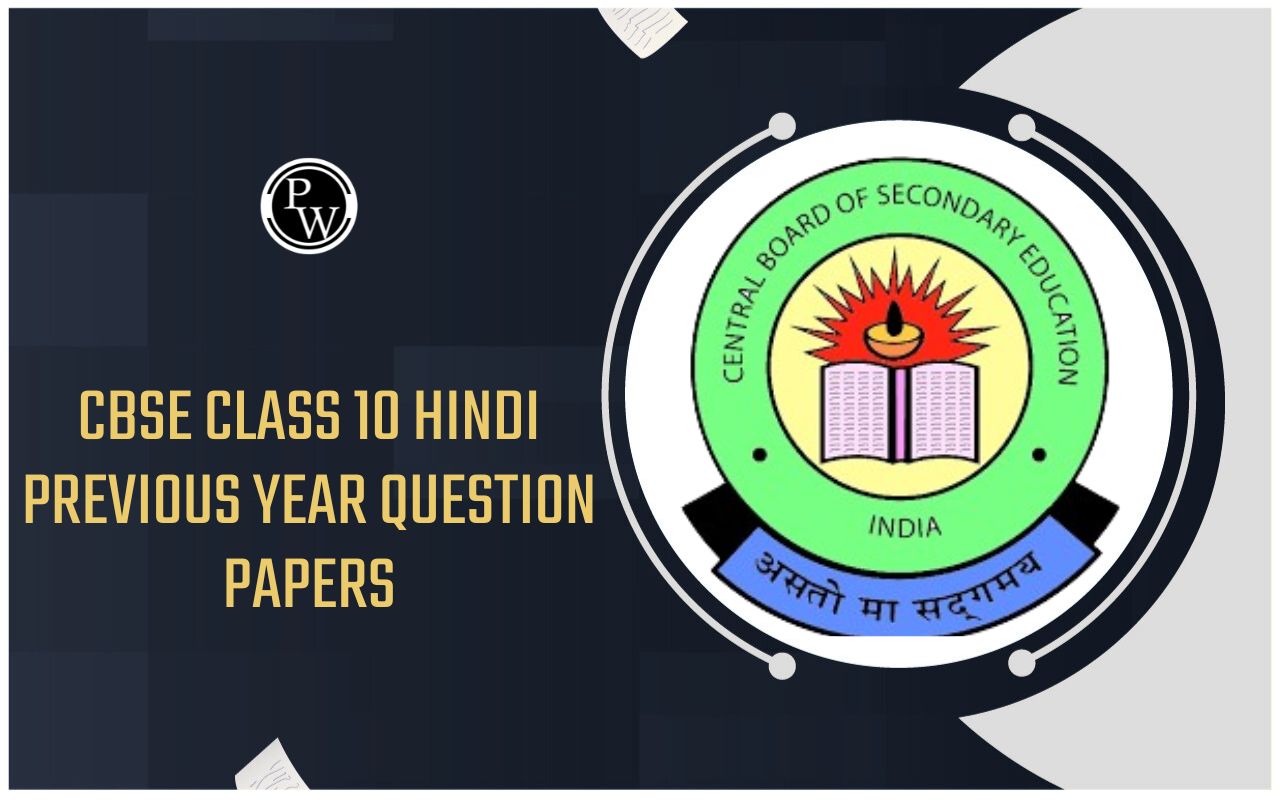
NCERT Solutions for Class 10 Social Science Geography Chapter 4: There are questions about different agricultural practices in NCERT Solutions for Class 10 Geography Chapter 4: Agriculture. The primary subjects covered in this chapter are farming practices, cropping patterns, the principal crop grown in India, etc.
While some of the questions are simple to answer, there are instances when students struggle to come up with solutions for more challenging topics. NCERT Solutions Class 10 Geography Social Science Chapter 4 Agriculture is what we have offered to assist them. These solutions' responses will also offer you a better notion of how to write the answers in the CBSE exam.NCERT Solution for Class 10 Social Science
NCERT Solutions for Class 10 Social Science Geography Chapter 4 Overview
The topics that follow will be covered with the students:- Types of farming
- Cropping Pattern
- Major Crops
- Food Crops other than Grains
- Non Food Crops
- Technological and Institutional Reforms
- Contribution of agriculture to the national economy, employment and output
- Impact of Globalisation on Agriculture
NCERT Solutions for Class 10 Social Science Geography Chapter 4 PDF
The Class 10 Social Science Contemporary India Chapter 4 Agriculture solutions contain all the significant questions and includes a thorough explanation by the curriculum. Get the carefully chosen NCERT Maths Solutions for Class 10 from here, compiled by experienced educators. Science students will also find the solutions chosen by our master teachers to be quite helpful if they are looking for Class 10 Science NCERT Solutions.NCERT Solutions for Class 10 Social Science Geography Chapter 4 PDF
NCERT Solutions for Class 10 Social Science Geography Chapter 4
1. Multiple choice questions.
(i) Which one of the following describes a system of agriculture where a single crop is grown in a large area?
(a) Shifting Agriculture (b) Plantation Agriculture (c) Horticulture (d) Intensive Agriculture
Answer:
Plantation agriculture(ii) Which one of the following is a rabi crop?
(a) Rice (b) Millets (c) Gram (d) Cotton
Answer:
Gram(iii) Which one of the following is a leguminous crop?
(a) Pulses (b) Millets (c) Jawar (d) Sesamum
Answer:
Pulses2. In thirty words, respond to the following questions.
(i) Name one important beverage crop and specify the geographical conditions required for its growth.
Answer:
Tea is a significant crop for beverages. In tropical and subtropical regions with rich, well-drained soil that is rich in organic matter and humus, the tea plant thrives. Tea bushes need a year-round, warm, humid climate free of frost. Tender leaves continue to grow as long as there are regular showers spread out throughout the year. The tea industry is labor-intensive. It needs skilled, inexpensive, and plentiful labor. To guarantee its freshness, tea is processed right there in the tea garden.(ii) Identify one of India's staple crops and the areas in which it is grown.
Answer:
Rice is a major staple crop of India. It is grown in the following regions.- Plains of North
- North East India
- Coastal Areas
- Deltaic Regions
(iii) Enlist the various institutional reform programs introduced by the government in the interest of farmers.
Various institutional reform programs introduced by the Government are as follows:- MSP (Minimum Support Price)
- Subsidy on fertilisers
- Crop insurance
- Establishment of Grameen banks to provide low-interest loans
(iv) The area of land used for agriculture is decreasing daily. Can you see the results?
Answer:
- Shortage of food
- The rise in prices of food
- Imports increase will put stress on the economy
- Rise in Unemployment
3. Provide a 120-word response to each of the following questions.
(i) Make recommendations for the steps the government has taken to guarantee a rise in agricultural output.
Answer:
To strengthen Indian agriculture, the government of India set out to implement agricultural reforms in the 1960s and 1970s. Several initiatives were launched to enhance several aspects of Indian agriculture, including the White Revolution (Operation Flood) and the Green Revolution, which relied on packaging technology. However, this also contributed to the establishment of a small number of concentrated areas. Consequently, a thorough land development strategy comprising institutional and technical reforms was started in the 1980s and 1990s. A few significant moves in this direction were the creation of Grameen banks, cooperative societies, and banks to offer lending facilities to farmers at reduced interest rates, as well as the provision of crop insurance against drought, flood, cyclone, fire, and disease. The Government of India has also introduced the Personal Accident Insurance Scheme (PAIS) and the Kisan Credit Card (KCC) to help farmers. In addition, farmers were given access to radio and television programming dedicated to agriculture and weather-related issues. The government additionally declares the procurement, remunerative, and minimum support prices for significant crops to prevent middlemen and speculators from taking advantage of farmers.(ii) Describe the impact of globalization on Indian agriculture.
Answer:
The phenomenon of globalization is not new. It existed throughout colonialism. When European traders arrived in India in the nineteenth century, Indian spices were also sold to other nations, and south Indian farmers were urged to cultivate these commodities. It is one of the major exports from India to this day. The advent of globalization has presented new obstacles for Indian farmers, especially since 1990. Our agricultural products cannot compete with those of the developed countries, even though we are a significant producer of rice, cotton, rubber, tea, coffee, jute, and spices. This is due to the heavily subsidized agriculture in those countries. Indian agriculture is currently at a crossroads. Improving the lot of marginal and small farmers needs to be a priority if agriculture is to be successful and profitable.Benefits of NCERT Solutions for Class 10 Social Science Geography Chapter 4
- You will gain a thorough understanding of the chapter's contents by using these NCERT solutions for Class 10 Geography, Chapter 4.
- There are straightforward language answers.
- These solutions can be used by students for last-minute review.
- The chapter is available for download in PDF format so that students can study it.
- You can better comprehend the kinds of questions offered in the exam by answering these questions.
NCERT Solutions for Class 10 Social Science Geography Chapter 4 FAQs
Which is the toughest chapter in class 10 social science?
What is the name of Chapter 4 of Class 10 geography?
Why is agriculture important class 10 geography?










